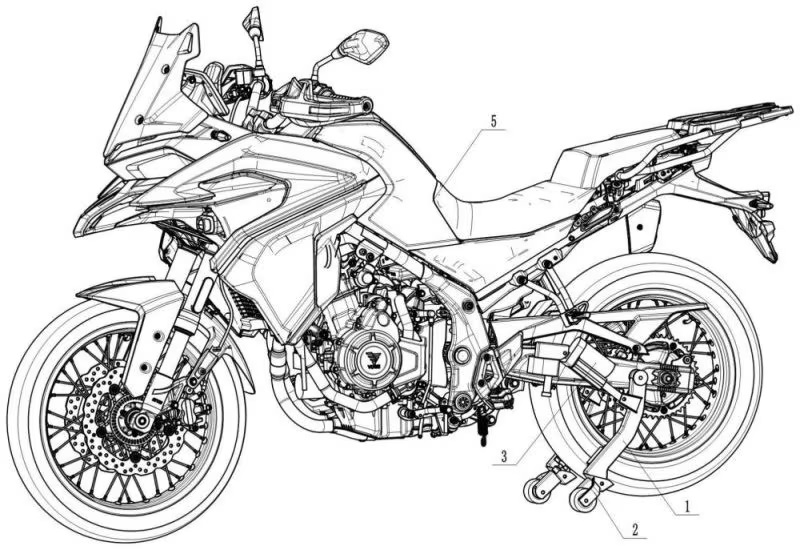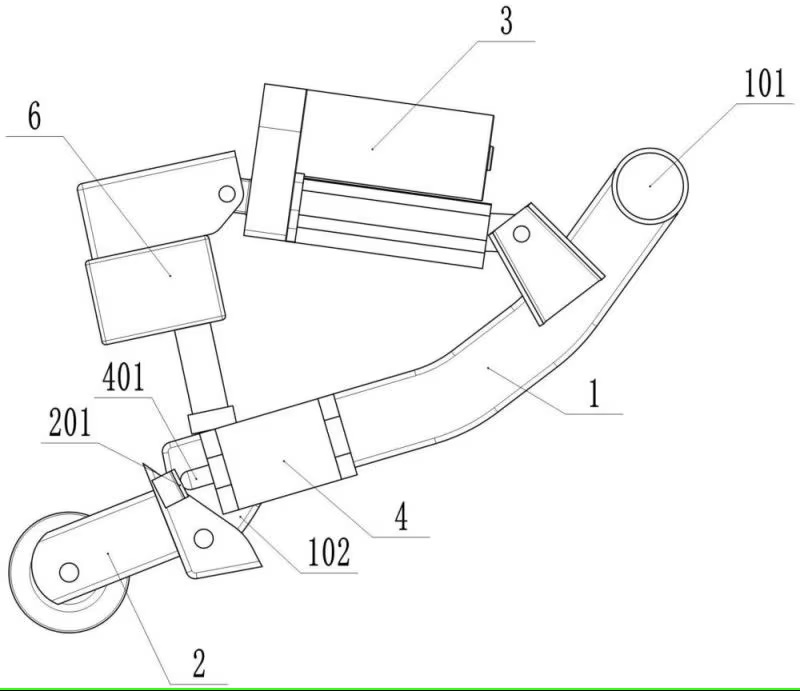Voge is developing a new stability system to help maneuver and park motorcycles.
In recent years, we have seen various versions of motorcycles with automatic balance, from Honda’s Riding Assist concepts to Yamaha’s Motoroid and AMSAS projects, all based on machines capable of orienting themselves and using impressive sets of gyroscopic and tilt sensors to stay upright at low speeds or even when stopped. Even Harley-Davidson has worked on its own version of the idea. Voge’s parent company, Loncin, has filed a patent for a system that aims to solve some of the same problems simply with a pair of removable wheels that closely resemble the training wheels of a child’s bicycle.

In the patent application, two versions of the idea are illustrated. The first one has the wheels mounted on the suspension arms, which rotate at their rear end and are driven by electric arms fixed to the swinging arm of the motorcycle in front. The second variant uses a parallelogram system, with two lateral tie rods connected to a support with the wheel at the bottom.
Voge already has a rapidly growing presence in Europe, with a range of motorcycles from 125cc to 650cc. Loncin already manufactures this engine on behalf of BMW, so the agreement is similar to the one that allows CFMOTO to use KTM’s 799cc twin-cylinder in the Ibex. The motorcycle presented in the new patent is the Voge 525DSX, an adventure motorcycle with a twin-cylinder engine that was launched earlier this year.

In addition to helping prevent embarrassing low-speed falls, the idea would also make the traditional side stand or center stand unnecessary, acting as a kind of permanent and extendable stand that comes into action whenever the motorcycle is parked and helps offset some of the additional weight it carries.







